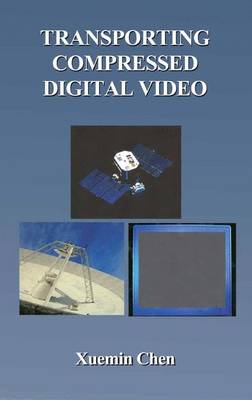The Springer International Series in Engineering and Computer Science
2 primary works
Book 508
The purpose of Error-Control Coding for Data Networks is to provide an accessible and comprehensive overview of the fundamental techniques and practical applications of the error-control coding needed by students and engineers. An additional purpose of the book is to acquaint the reader with the analytical techniques used to design an error-control coding system for many new applications in data networks. Error~control coding is a field in which elegant theory was motivated by practical problems so that it often leads to important useful advances. Claude Shannon in 1948 proved the existence of error-control codes that, under suitable conditions and at rates less than channel capacity, would transmit error-free information for all practical applications. The first practical binary codes were introduced by Richard Hamming and Marcel Golay from which the drama and excitement have infused researchers and engineers in digital communication and error-control coding for more than fifty years. Nowadays, error-control codes are being used in almost all modem digital electronic systems and data networks. Not only is coding equipment being implemented to increase the energy and bandwidth efficiency of communication systems, but coding also provides innovative solutions to many related data-networking problems.
Book 674
The purpose of Transporting Compressed Digital Video is to introduce fundamental principles and important technologies used in design and analysis of video transport systems for many video applications in digital networks. In the past two decades, progress in digital video processing, transmission, and storage technologies, such as video compression, digital modulation, and digital storage disk, has proceeded at an astounding pace. Digital video compression is a field in which fundamental technologies were motivated and driven by practical applications so that they often lead to many useful advances. Especially, the digital video-compression standards, developed by the Moving Pictures Expert Group (MPEG) of the International Organization for Standardization (ISO) and the International Electrotechnical Commission (IEC), have enabled many successful digital-video applications. These applications range from digital-video disk (DVD) and multimedia CDs on a desktop computer, interactive digital cable television, to digital satellite networks. MPEG has become the most recognized standard for digital video compression. MPEG video is now an integral part of most digital video transmission and storage systems. Nowadays, video compression technologies are being used in almost all modern digital video systems and networks. Not only is video compression equipment being implemented to increase the bandwidth efficiency of communication systems, but video compression also provides innovative solutions to many related vid- networking problems. The subject of Transporting Compressed Digital Video includes several important topics, in particular video buffering, packet scheduling, multiplxing and synchronization.

